
Rotating acct ft. a new historian each wk. Don’t use content w/o permission. Founder & manager Khodadad Rezakhani. Tweets this week: Long Hiatus
8 subscribers
How to get URL link on X (Twitter) App


https://twitter.com/Tweetistorian/status/15419579569416314901/7 -ms Tuesday: Sotades the Obscene, inventor of palindromes, the Priapeia, sotadean metre and so much more. Also: the kinaidoi (effeminate dancers of Alexandria), Arsinoe the sex-positive proto-feminist queen, incestual royal marriage and sick burns. 2/7 -ms
https://twitter.com/Tweetistorian/status/1541957956941631490

https://twitter.com/Tweetistorian/status/1543207584634736640I listed 42 but documenting is tricky. These were rarely in main texts. Most appeared in margins or on fly leaves, but repeated over the centuries. Theory: these were transmitted by teachers, esp. of scribes, and passed via wax tablets, memory & pen tests (federproben).



https://twitter.com/Tweetistorian/status/1542623764348866560



 It's the Hollywood celebrity of #palindromes, thx to Chris Nolan's film TENET. It starts at an OPERA. ROTAS is the time reversal machine. TENET is the name of the conspiracy. Andrei SATOR is the villain. Thomas AREPO is an art forger we never see. 2/12 -ms beyondwordplay.com/palindromes-at…
It's the Hollywood celebrity of #palindromes, thx to Chris Nolan's film TENET. It starts at an OPERA. ROTAS is the time reversal machine. TENET is the name of the conspiracy. Andrei SATOR is the villain. Thomas AREPO is an art forger we never see. 2/12 -ms beyondwordplay.com/palindromes-at… 




 Yesterday I mentioned how the Ethiopian Aksumites invaded South Arabia and installed a local Christian ruler. Around 530 AD, it was followed by that of the Ethiopian general ʾAbraha.
Yesterday I mentioned how the Ethiopian Aksumites invaded South Arabia and installed a local Christian ruler. Around 530 AD, it was followed by that of the Ethiopian general ʾAbraha. 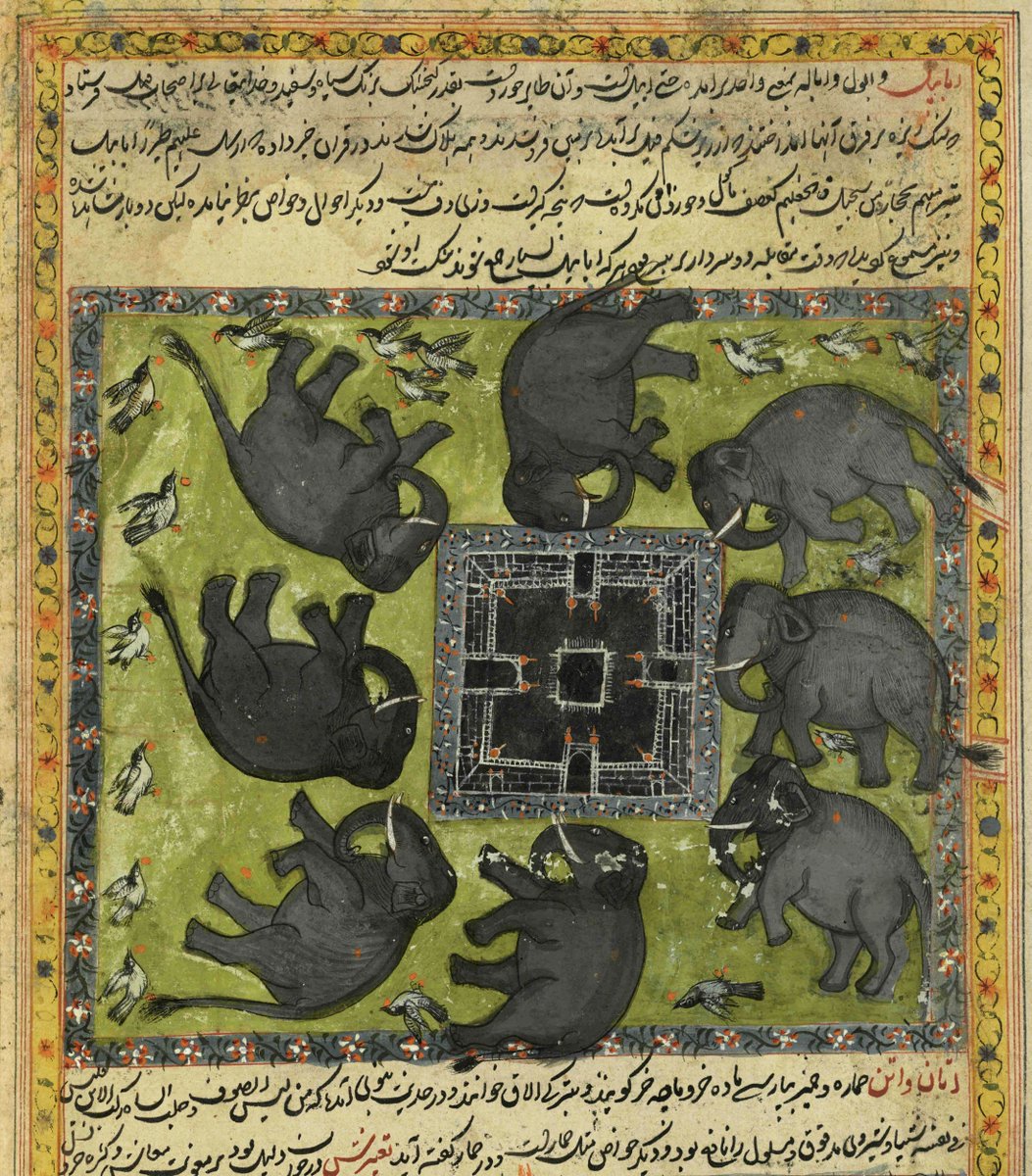


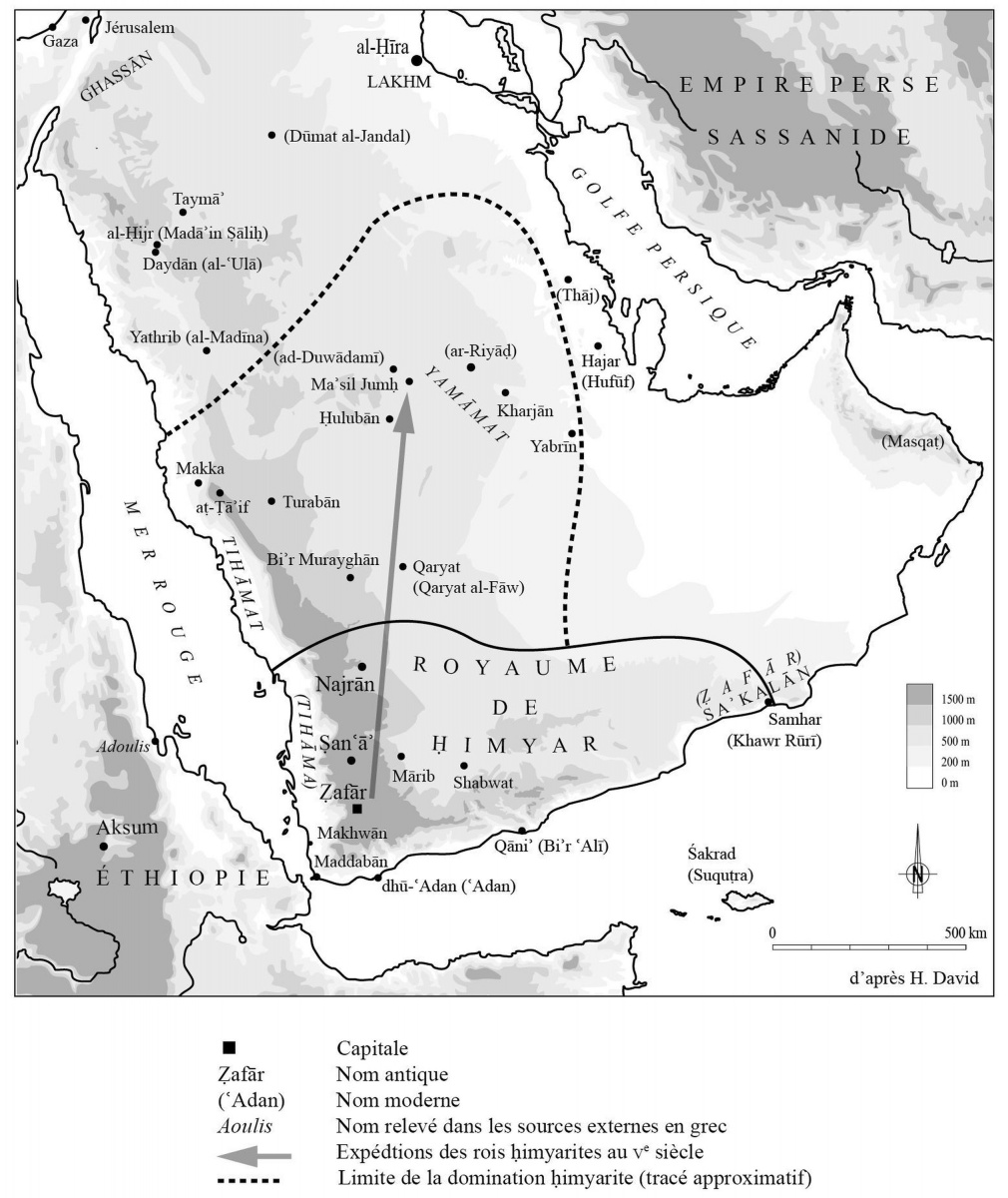 The 3rd century AD saw an intensification of relations between South Arabia and the Mediterranean/Levant. These statues depicting the Himyaritic rulers Ḏamarʿalī Yuhabirr and his son, Ṯaʾban are a fantastic example of this cultural exchange.
The 3rd century AD saw an intensification of relations between South Arabia and the Mediterranean/Levant. These statues depicting the Himyaritic rulers Ḏamarʿalī Yuhabirr and his son, Ṯaʾban are a fantastic example of this cultural exchange.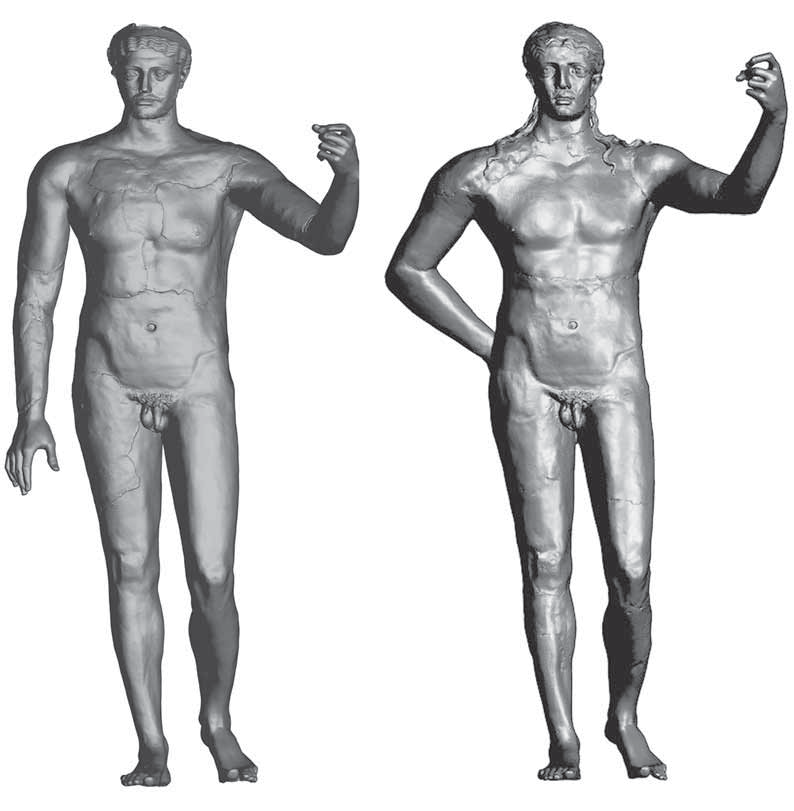




https://twitter.com/Tweetistorian/status/1526925319902568448~ik Around 200 BC, the Minaean state collapsed. This was likely due to both ecological and economic changes in the region.

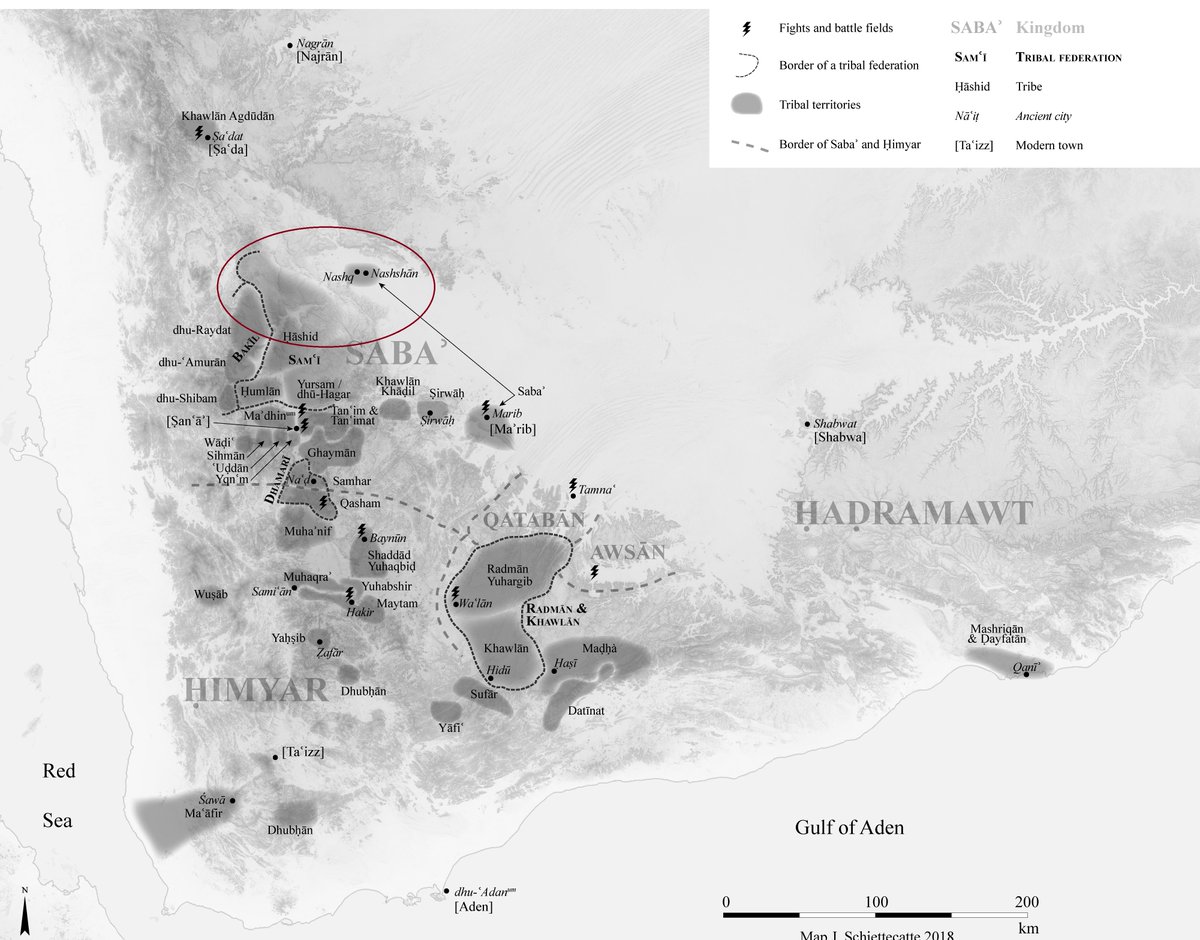
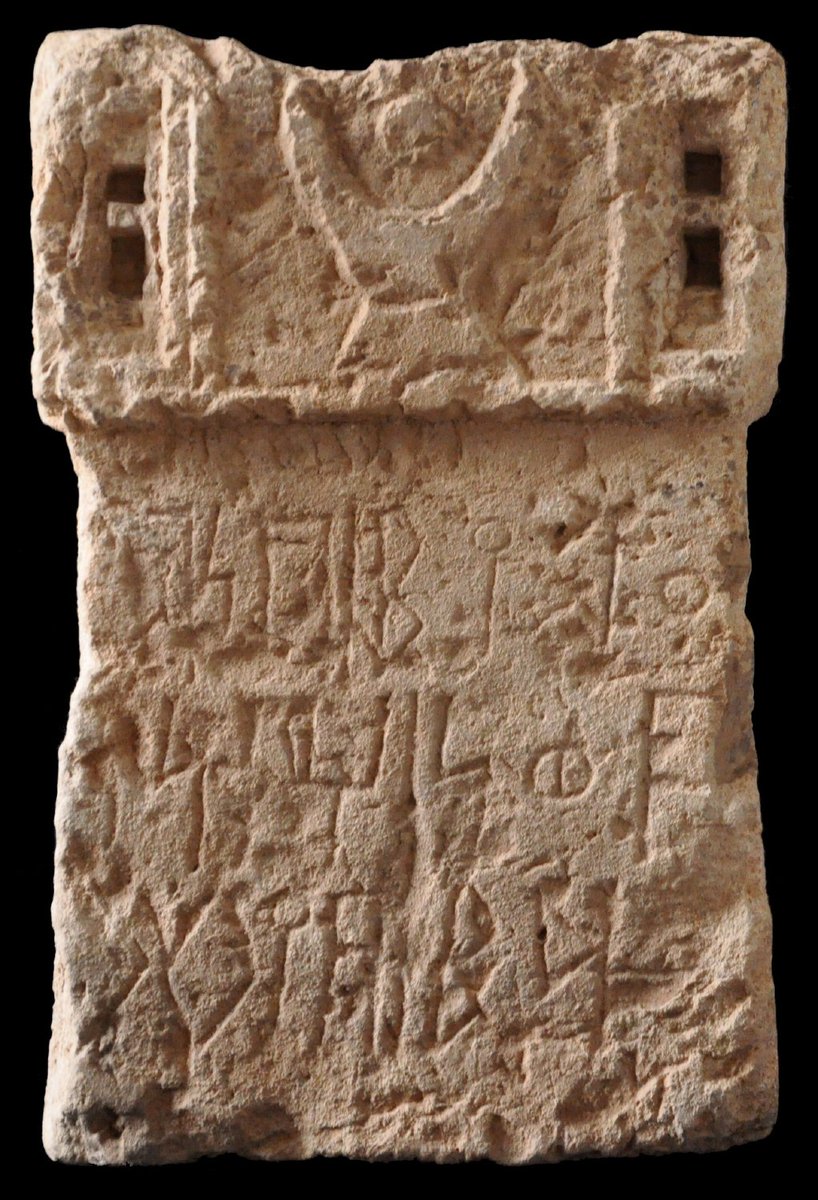
https://twitter.com/Tweetistorian/status/1526603993287385090~ik
 On Monday, I talked about S-A's social strata and the difference between the highlands and lowlands. The first S-A states were all founded along several wadis in the lowlands, around the edges of a desert known as the Sayhad. ~ik
On Monday, I talked about S-A's social strata and the difference between the highlands and lowlands. The first S-A states were all founded along several wadis in the lowlands, around the edges of a desert known as the Sayhad. ~ik 

 Writing was probably introduced to S-A (South Arabia) through trade with the Levant. It, like most other writing systems of the Middle-East, was derived from the proto-Canaanitic alphabet ~ik
Writing was probably introduced to S-A (South Arabia) through trade with the Levant. It, like most other writing systems of the Middle-East, was derived from the proto-Canaanitic alphabet ~ik 





 Since the 1911 revolution that toppled the Manchu Qing Empire, Chinese statesmen no matter their political stripes have been near unanimous in claiming the territorial extent of the old empire as natural boundaries of the new nation. 1/
Since the 1911 revolution that toppled the Manchu Qing Empire, Chinese statesmen no matter their political stripes have been near unanimous in claiming the territorial extent of the old empire as natural boundaries of the new nation. 1/ 

 Instead inter-community relations in many ethnocultural borderlands were marked by alienation, distrust, and violence. Party leaders made clear who was to blame. Ethnic DIS-unity was a legacy of what (borrowing from the USSR) they called 'Great Han chauvinism' (da Hanzu zhuyi) 2/
Instead inter-community relations in many ethnocultural borderlands were marked by alienation, distrust, and violence. Party leaders made clear who was to blame. Ethnic DIS-unity was a legacy of what (borrowing from the USSR) they called 'Great Han chauvinism' (da Hanzu zhuyi) 2/ 
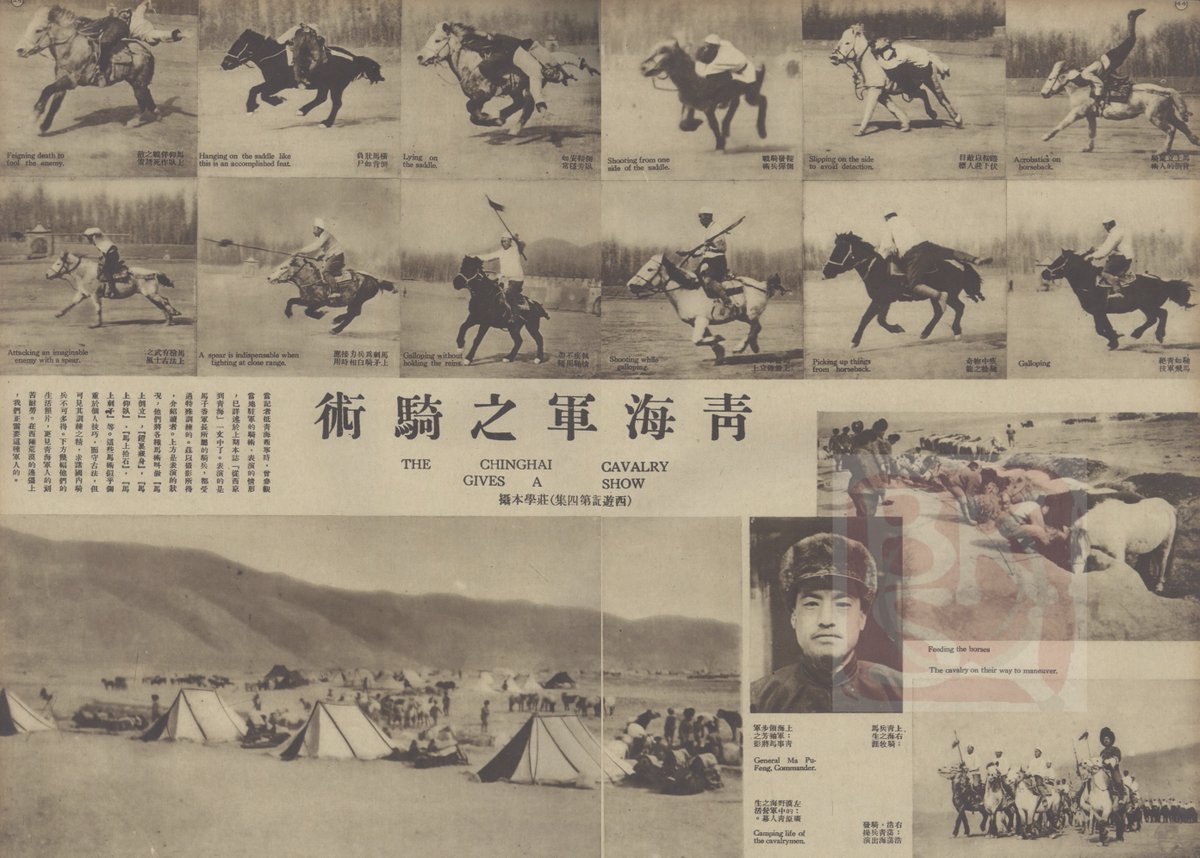

 ‘I was with Rābi‘a for one full day and night. I was talking about the Path and the Truth in such a way that the thought ‘I am a man’ never crossed my mind, nor did ‘I am a woman’ ever cross hers. In the end when I got up, I considered myself a pauper and her a devotee.’
‘I was with Rābi‘a for one full day and night. I was talking about the Path and the Truth in such a way that the thought ‘I am a man’ never crossed my mind, nor did ‘I am a woman’ ever cross hers. In the end when I got up, I considered myself a pauper and her a devotee.’ 




https://twitter.com/Tweetistorian/status/1469028502292733954
 2/ "Some feminists from the West cud accuse me by saying, ‘The #DalaiLama is the authority but he doesn’t help the nuns.’"
2/ "Some feminists from the West cud accuse me by saying, ‘The #DalaiLama is the authority but he doesn’t help the nuns.’"

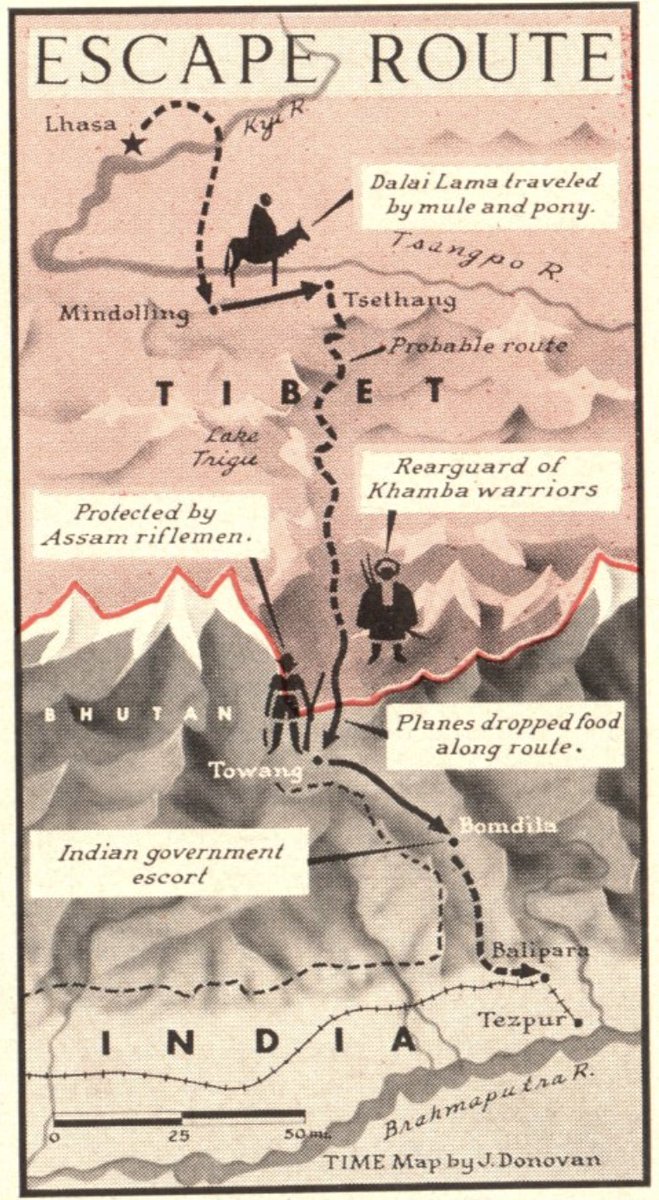
 2/ Second question first: No, he wasn't.
2/ Second question first: No, he wasn't.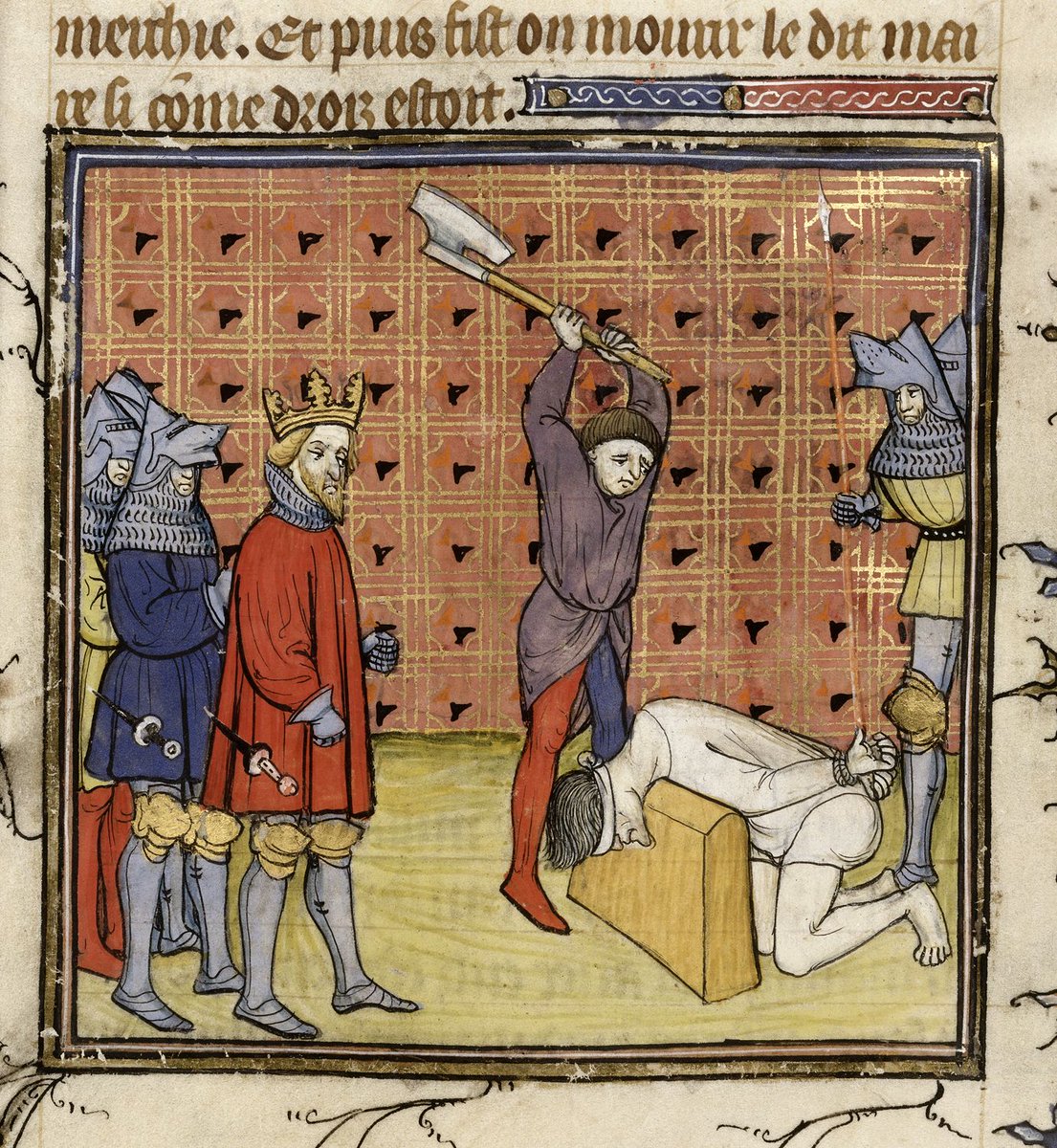
 When the cities abandoned the Jacques, the nobles' vengeance took free rein. They burned whole villages and slaughtered the innocent along with the guilty. Widows search for the bodies of their husbands to give them proper burial - jfb
When the cities abandoned the Jacques, the nobles' vengeance took free rein. They burned whole villages and slaughtered the innocent along with the guilty. Widows search for the bodies of their husbands to give them proper burial - jfb 

 In the meantime, let me tell you about who actually joined the #Jacquerie and how they did and did not get along. Here I'm drawing from my article in Speculum last year and ch. 7 of my book. - jfb
In the meantime, let me tell you about who actually joined the #Jacquerie and how they did and did not get along. Here I'm drawing from my article in Speculum last year and ch. 7 of my book. - jfb
 In the #Jacquerie many villages chose local captains to lead them. Local captains reported to a 'General Captain of the Countryside' named Guillaume Calle. The locations of some of these captains and their movements are shown in blue here. - jfb
In the #Jacquerie many villages chose local captains to lead them. Local captains reported to a 'General Captain of the Countryside' named Guillaume Calle. The locations of some of these captains and their movements are shown in blue here. - jfb 